Cryptocurrency: Should you invest?
Cryptocurrencies aren’t going away – but big questions remain over their longevity, the amount of energy they consume and the morals of investing

“Buy them only if you’re prepared to lose all your money,” said Bank of England governor Andrew Bailey in May 2021. He was talking about cryptocurrencies such as Bitcoin, and one reason for his scepticism is that these next-generation virtual tokens “don’t have intrinsic value”.
But does that make them a bad investment? Indeed, are traditional currencies any better? Sterling was previously underpinned by gold, but Britain sold off half of its reserves between 1999 and 2002, when gold was at its lowest value in 20 years. When governments can make unilateral actions like that, decentralised cryptocurrencies which aren’t controlled by any single entity start to look appealing.
That’s particularly true if they’re set up to mimic a traditional gold-backed means of exchange, and Bitcoin’s pseudonymous creator Satoshi Nakamoto mimicked gold by making the currency rare and difficult to mine. To “create” a new bitcoin, a computer’s resources have to be used to crunch through equations. Most of those equations will come to nothing; just occasionally you will hit the jackpot and find a coin.
“It is its very cost of production that gives Bitcoin value (among other factors),” wrote Dominic Frisby in MoneyWeek last October. “You can’t just conjure up Bitcoins. You have to do some hard computer work first and thereby make your contribution to the network. And even if you do this, there is no guarantee you’ll get bitcoins at the end of it. There is risk.”
So, there’s a chance you could burn a considerable amount of electricity for no financial gain. That’s just one of the risks involved in mining cryptocurrency, and a big factor in the question of whether it’s worthwhile.
The biggest cost of mining: energy
Mining bitcoins consumes a lot of electricity. In evidence presented to the United States Senate Committee on Energy and Natural Resources in 2018, Princeton University’s Arvind Narayanan outlined how Bitcoin miners were at the time computing “about 50 billion billion hashes… every second.” Combined, Narayanan estimated, those operations were consuming just under 1% of the global electricity supply, “or slightly more than the electricity consumption of the state of Ohio or that of the state of New York”.
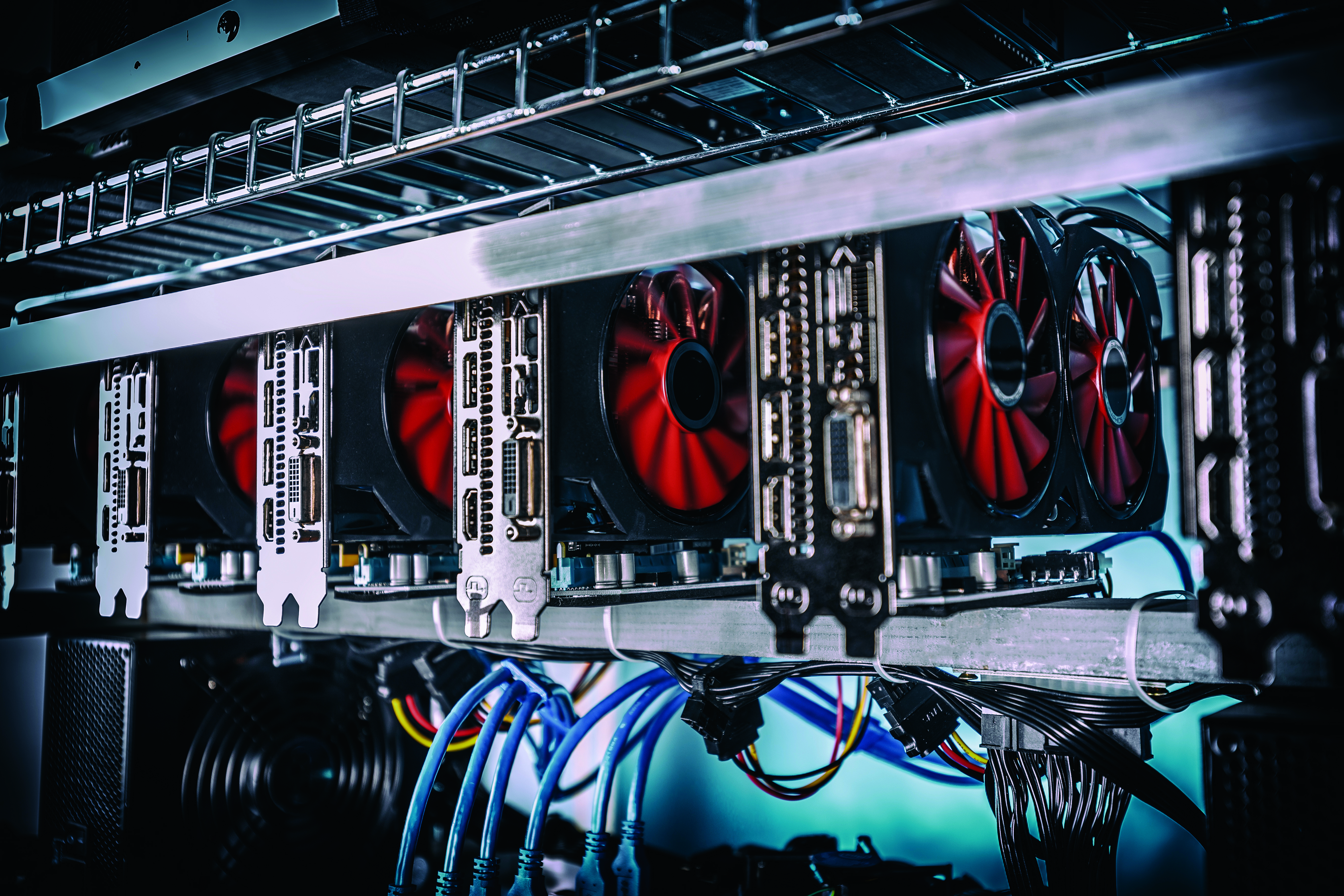
And as time goes on it takes more and more power to generate a return. By 2020, digital assets exchange Zipmex was warning that “it takes a large setup nearly 30 days to mine 1 bitcoin. After deducting the electricity cost and the overall hardware and software cost, you will be left with 0.1 BTC of profit every month at best. With the majority of setups and the electricity cost and some manpower, it would cost you a total of $73,000 to process one Bitcoin every month.”
Sign up today and you will receive a free copy of our Future Focus 2025 report - the leading guidance on AI, cybersecurity and other IT challenges as per 700+ senior executives
RELATED RESOURCE
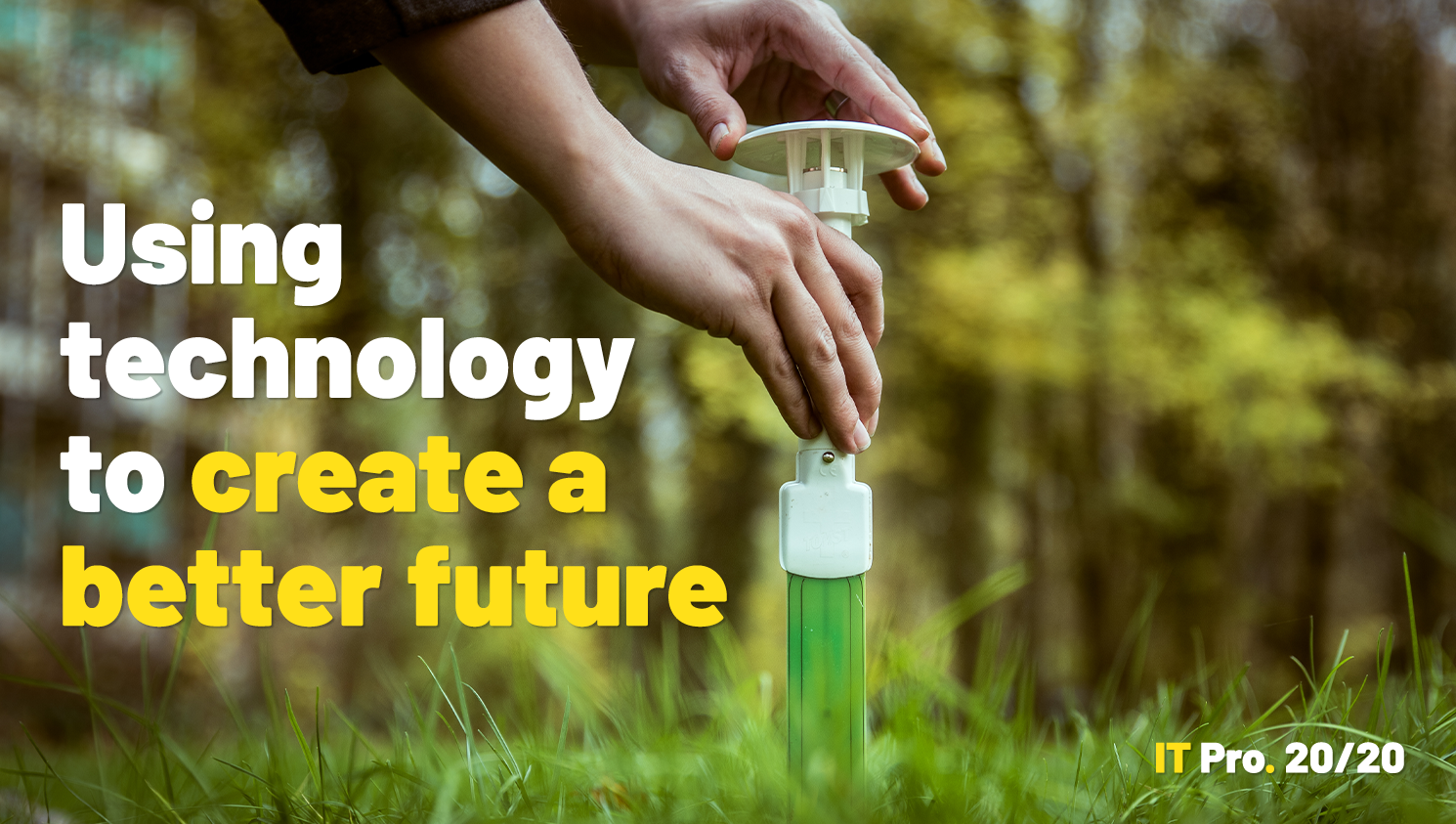
IT Pro 20/20: Using technology to create a better future
Issue 21 of IT Pro 20/20 looks at the newest innovations and projects shaping our interactions with the world around us
At the time of writing, a single Bitcoin is worth $34,471, so you’d have to bank on the value going up considerably to make any profit at all. Or, you could try mining somewhere where electricity is cheaper. In 2018, Elite Fixtures calculated the energy cost of mining a single Bitcoin across 115 different countries, and found prices ranging from from $1,190 in Trinidad and Tobago to $26,170 in South Korea. In the UK, the cost was $8,402. Unfortunately, it’s not feasible for most of us to up sticks and start mining in a different country: the costs of moving will eat significantly into any putative profits.
Generating money through mining
It’s not just the energy of cryptomining that costs money: you need to pay for the hardware too. In theory you could use your personal PC, but this is likely to yield a trickle of currency at best, and most serious operations have switched to Application-Specific Integrated Circuit (ASIC) designs that are custom-designed for mining.
One mining platform that uses this technology is the Antminer S19 Pro, which costs £6,500 and which can rip through 110 terahashes per second. On average this should generate approximately 0.0007 BTC per day – but with an energy consumption of around 3.25kW it’ll cost you around $18.72 per day to mine around the clock. At current rates, you can expect an operating profit of $4.25 (£3.05) per day, or $1,551 (£1,116) annually.

Clearly this setup isn’t going to make you a millionaire. It would take nearly six years just to pay off the cost of the hardware – and there’s a further complication too. The complexity of the Bitcoin mining algorithm is continually updated to compensate for technological advances in the mining hardware, to ensure that future computers can’t flood the market with cheaply generated coins.
This means that today’s state-of-the-art hardware can quickly become uneconomical. In 2018 the International Business Times reported that miners in China were selling off older mining hardware because it was no longer possible to mine enough currencies with these machines to cover their electricity costs: “a mining machine bought at a price of about 20,000 yuan ($2,885) a year ago is being sold for a price between 100 yuan to 1,600 yuan.” So if you want to keep on mining coins at a consistent rate, you need to keep investing in the latest hardware.
If you’d rather not be constantly upgrading your mining rig, an alternative is to mine in the cloud using sites like shamining.com, hashing24.com or genesis-mining.com. This lets you benefit from the expertise of dedicated teams for whom operating and refining a mining operation is a full-time job, and in many cases, you can also make responsible choices regarding energy consumption. Shamining has a focus on solar and wind energy, for example, while Genesis Mining is based in Iceland, a country where 80% of power comes from renewable sources.
Cloud mining is still an expense, though, with most services requiring an up-front payment. When choosing one, check the minimum required investment, minimum contract length, expected profit, and the terms on which you can withdraw your share of the operation’s earnings.
Can you still create Bitcoins?
If you really want to use your own computer for mining, there are sites that can help. nicehash.com is one that makes it easy, with a mining model which has (a little bizarrely) also been adopted in the latest release of the Norton 360 antivirus suite.
The idea in both cases is simple. The software runs quietly in the background, using your computer’s spare capacity to mine for cryptocurrency – in Norton’s case, Ethereum. Whatever you earn is automatically transferred into your wallet.
It sounds like a no-brainer: you might only see a small profit, but since there’s no impact on your computer usage it’s free money – right? Well, perhaps not. If you use your computer’s CPU, it’s all but certain that you’ll burn up a far greater cost in electricity than you will ever make back.

Graphics cards with their abundant cores and parallel processing are far better tuned to mining. If you have a powerful graphics card that spends most of its day sitting idle then it may be worth your while putting it to work. However, for precisely this reason, these cards are hard to come by, with mining enthusiasts snapping up stocks of high-end GPUs, leading to worldwide shortages of graphics hardware. To manage demand, Nvidia has even started shipping cards that deliberately reduce their own performance when used for mining cryptocurrencies.
Is cryptocurrency ethical?
It’s clear that, however you generate your cryptocurrency, it’s going to involve guzzling large amounts of energy, which can't be good for the environment. Cambridge university’s Bitcoin Electricity Consumption index recently put Bitcoin’s global electricity consumption roughly on par with that of a medium-sized European country such as Sweden or Ukraine.
Many have concluded that this alone is a good reason to ban all cryptocurrencies. “Bitcoin could be the first inefficient version of a disruptive technology,” Dr Larisa Yarovaya, a lecturer at Southampton university told the FT recently. “It should die for the common good of the planet and be replaced by a new model. It consumes more electricity than a country. All the rest is detail.”
And the societal cost of cryptocurrency mining isn’t felt only in electricity consumption. The GPUs and memory used in mining rigs are a hefty cocktail of silicon, copper, boron, cobalt, tungsten and all manner of chemicals. Some of those raw materials are in short supply, which is in part to blame for the current global CPU shortage. Rare-earth materials are – in part – being used up to mine highly volatile virtual currencies.

There is, at least, some awareness of these issues within the cryptocurrency industry. The Crypto Climate Accord, founded earlier this year, describes itself as “a private sector-led initiative for the entire crypto community focused on decarbonising the cryptocurrency industry in record time”.
The Accord – which is backed by some big names from the crypto industry – is largely focused on making mining use 100% renewable energy, with a target date of 2030. That’s more aggressive than many climate targets, but given that much of the mining is undertaken by unofficial farms around the globe, it’s highly unlikely to clean up the entire practice.
And even if it does manage to move generation to solar, wind and other renewable electricity sources within nine years, the question remains: wouldn’t that energy still be better used to power something more beneficial?
Alternative ways to profit from cryptocurrencies
You don’t need to create coins yourself to take part in the crypto boom. The price of all cryptocurrencies is in constant flux, and as with any other currency you can invest by buying low and selling high. According to CryptoCoin News, a 2021 study by investment firm AJ Bell found that “more Brits have bought into cryptocurrency than into equity … 7% of young adults have invested into crypto over the course of the last year. The FCA estimates that 2.3 million Brits now own cryptocurrency, which amounts to 3.4% of the UK’s population.”

If you’re not among them, you might be wondering whether you’ve left it too late. We can’t advise on whether you should buy into cryptocurrency: nobody can say what will happen to the market day-to-day, let alone over the longer term, so those of us who didn’t invest in 2010 can only look back and rue what we missed. However, since fewer than one in 25 Brits has yet invested in a digital currency, the market could still see gains as interest increases.
If you do decide to invest, there are a few important factors to consider, not least of which is the environmental impact. Make sure you trust whichever institution you use to buy your currency, and consider buying when the market is down, to maximise your chances of selling at a profit later. Finally, remember where we came in, with advice from the Bank of England: there are no guarantees in the world of cryptocurrencies, so “buy them only if you’re prepared to lose all your money”.
-
 Cyber resilience in the UK: learning to take the punches
Cyber resilience in the UK: learning to take the punchesColumn UK law now puts resilience at the centre of cybersecurity strategies – but is legislation simply catching up with enterprise understanding that resilience is more than just an IT issue?
-
 CISPE claims European Commission gave Broadcom a ‘blank cheque to raise prices, lock-in, and squeeze customers’ with VMware deal
CISPE claims European Commission gave Broadcom a ‘blank cheque to raise prices, lock-in, and squeeze customers’ with VMware dealNews Cloud providers have issued a formal response to the General Court of the European Union after the Commission defended its approval of the deal
-
 Fixing the faltering AI transcription ecosystem
Fixing the faltering AI transcription ecosystemIn-depth Highly in-demand services that make up this ecosystem are riddled with problems, raising negative consequences for productivity and accessibility
-
 We should celebrate accessibility tools, not hide them away
We should celebrate accessibility tools, not hide them awayOpinion Whether in macOS, Apple Watch, Windows 11, or other platforms, there are swathes of great accessibility features available to everyone
-
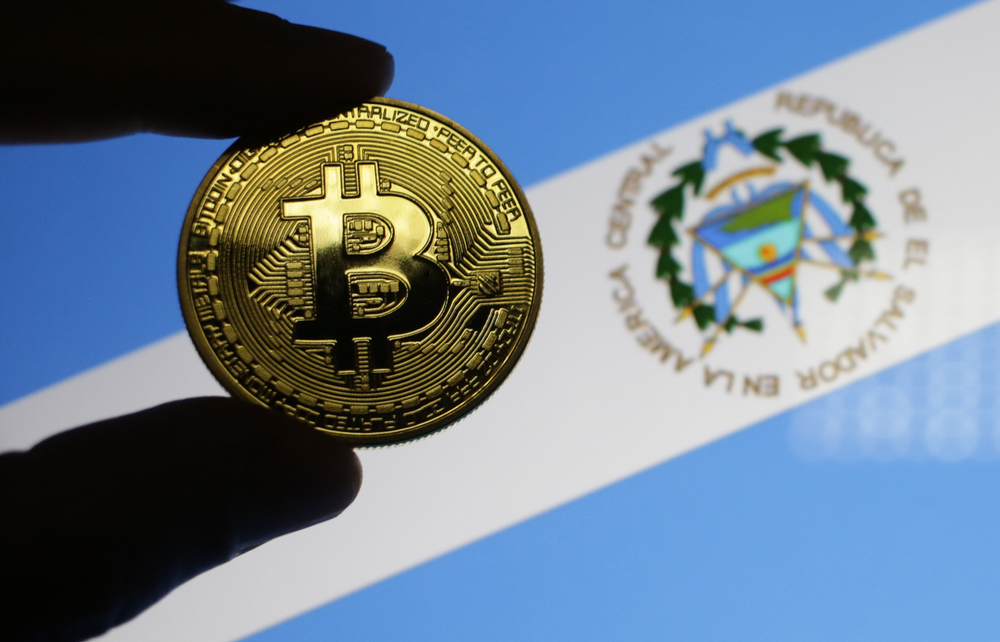 IMF urges El Salvador to remove Bitcoin as legal tender
IMF urges El Salvador to remove Bitcoin as legal tenderNews The country sought a $1.3 billion loan from the IMF last year, although this has been reportedly hindered by the fund’s Bitcoin concerns
-
 How AI-powered tech can improve digital accessibility
How AI-powered tech can improve digital accessibilityIn-depth With COVID highlighting the widening digital divide for people with disabilities, can AI come to the rescue?
-
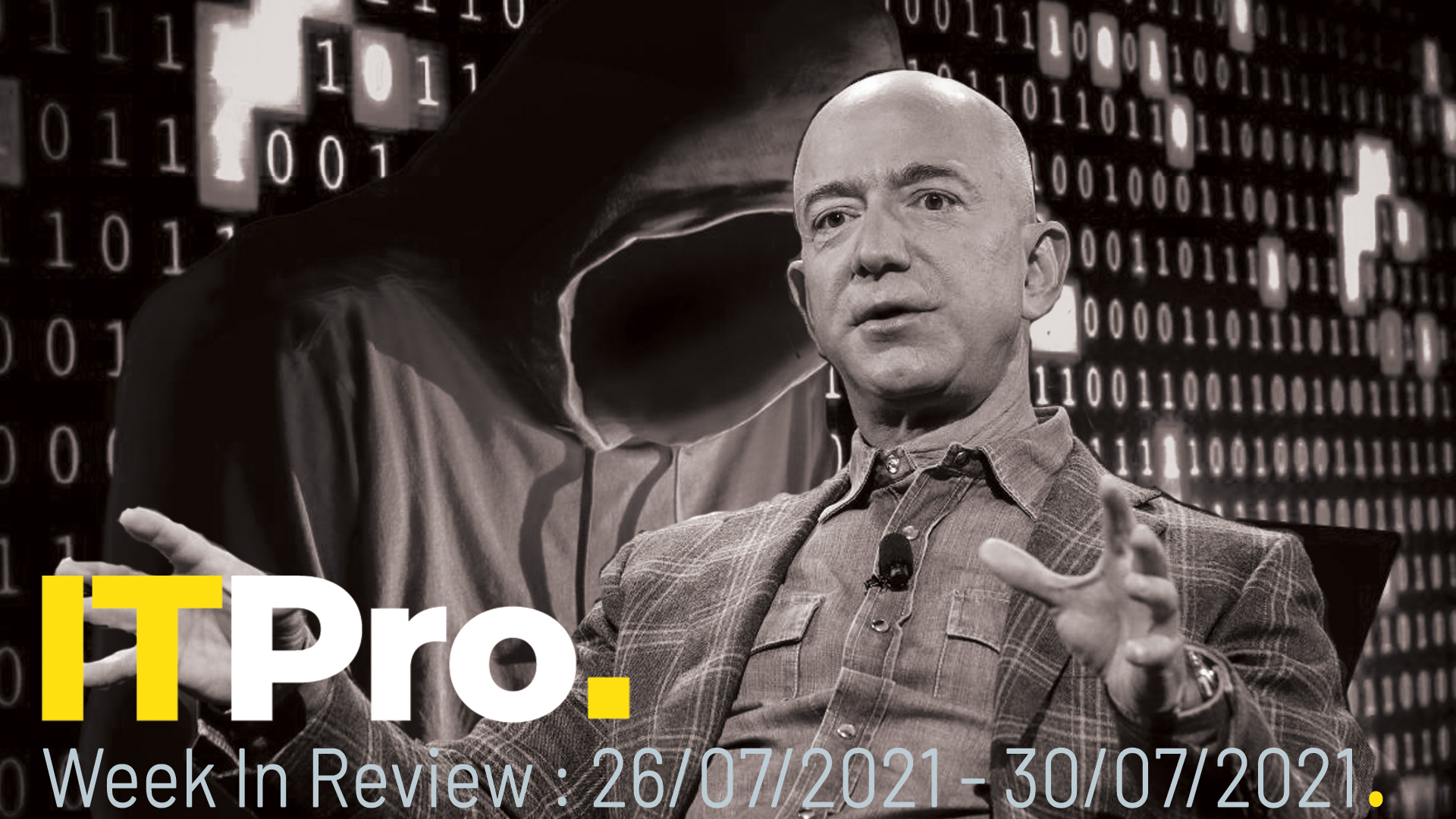 IT Pro News in Review: Record profits in tech, hackers turn to new languages for malware, Amazon's Bitcoin plans
IT Pro News in Review: Record profits in tech, hackers turn to new languages for malware, Amazon's Bitcoin plansVideo Catch up on the most important news of the week in just two minutes
-
 El Salvador offers its citizens free Bitcoin
El Salvador offers its citizens free BitcoinNews Bukele doubles down on crypto commitment with a giveaway
-
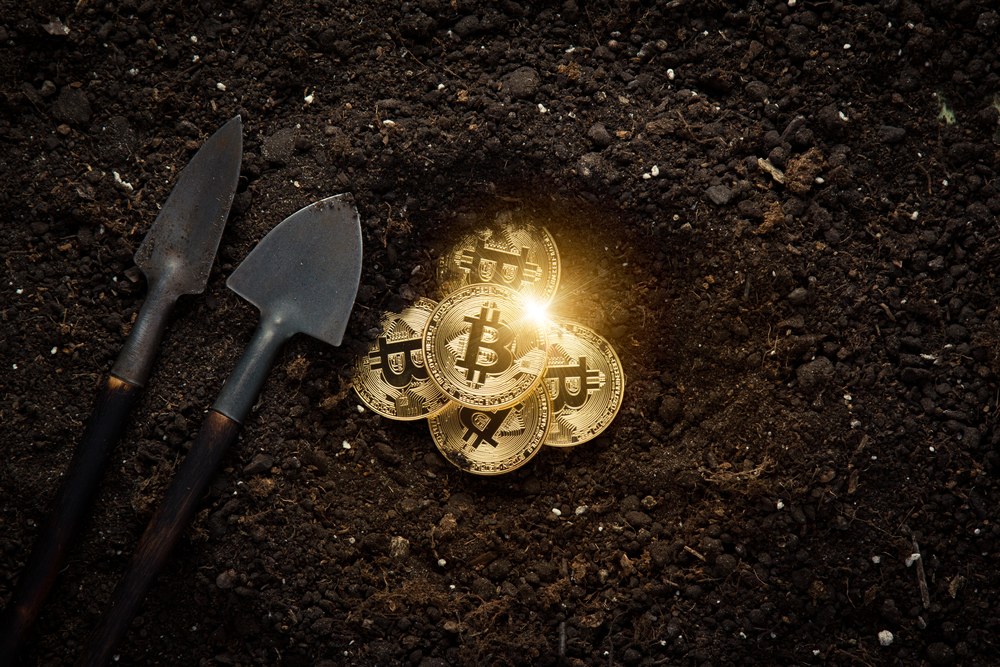 Square and Blockstream to build a solar Bitcoin mining facility
Square and Blockstream to build a solar Bitcoin mining facilityNews Solar mining plant will aim to temper concerns of power consumption from Bitcoin mining
-
 FCC commissioner calls for big tech to help bridge digital divide
FCC commissioner calls for big tech to help bridge digital divideNews FCC’s senior Republican wants the likes of Amazon, Apple, Facebook, and Google to help pay for broadband expansion